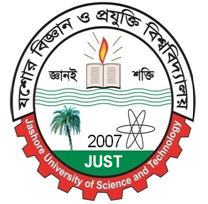Historical Trend Analysis of River Sediment Contamination
This research was conducted to reveal the historic concentration variations of twenty-five major and trace elements (Na, Al,K,Ca, Sc,Ti,V,Cr, Mn, Fe, Co, Zn, As, Sb, Cs, La, Ce, Sm, Eu, Dy, Yb, Lu, Hf, Th, and U) and their contamination levels using three sediment cores from three different Ranges (C1, C2 in Chandpai Range and C3 in Burigoalini Range) of the world largest Sundarbans mangrove forest, Bangladesh. The results of this work will prevail as a baseline for these areas.For quantification of the elements by Neutron Activation Analysis (NAA), samples along with the certified reference materials were irradiated in rabbit irradiation facility of 3 MW TRIGA MARK-II research reactor of Bangladesh Atomic Energy Commission (BAEC) and gamma-ray spectrometry of the irradiated samples was performed using high resolution HPGe detector system. In this study, quality of the analyses was evaluated by analyzing certified reference materials IAEA-SL-1 (lake sediment), IAEA-Soil-7 and NIST-1633b (coal fly ash).
It was observed that there was a decreasing trend in concentrations of most of the studied elements from surface to the deeper samples and the rate of concentration decrement of second core (C2) was less than that of the first core (C1), indicating more anthropogenic effect on the Chandpai range near Mongla Sea Port area than the core in Burigoalini Range. The Enrichment factor (EF) values of As, Sb, Cs, La, Ce, Sm, Eu, Yb, Th, and U were from 1.5 to 3 showed the evidence of minor modification of these elements whereas Br indicates higher enrichment in the sediment cores. The Pollution Load Index (PLI) for both of the cores suggested the deterioration of the sediment quality at the studied region of the Sundarbans.

